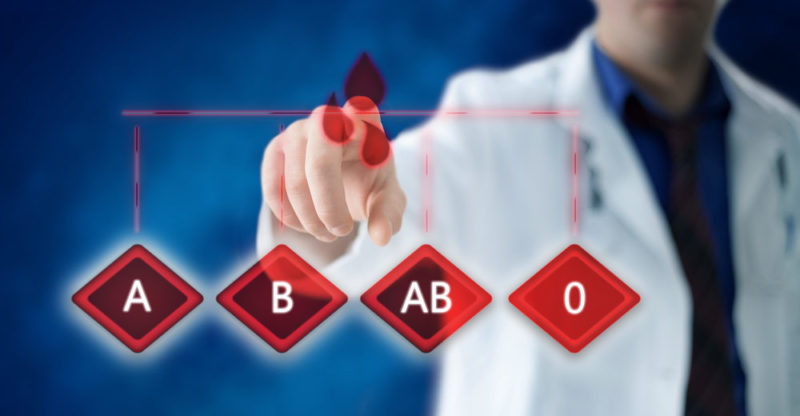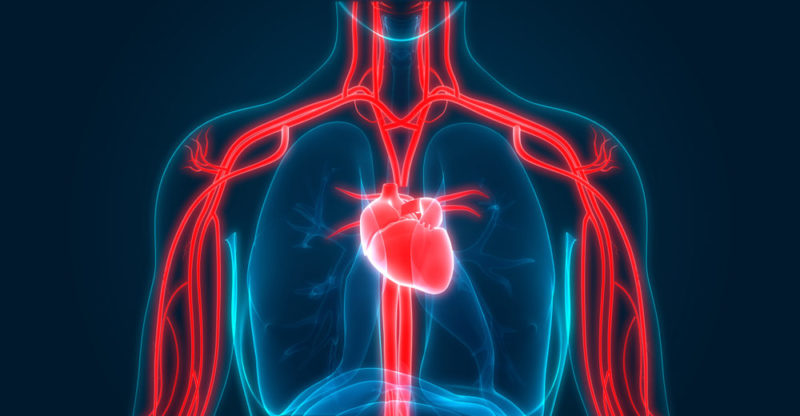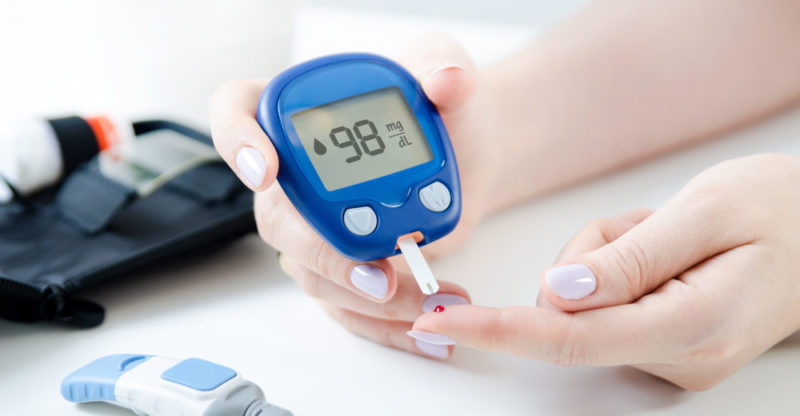We explain what blood is, how it is composed and the blood groups there are. Also, what are its features and functions.
What is Blood?
Blood is a type of connective tissue in the body of vertebrate animals that circulates in their arteries, veins and capillaries, transporting the various nutrients produced by metabolism as well as oxygen , essential for cellular respiration.
It has a characteristic red color and it is a more or less dense liquid , in which there is a vast and complex set of cells and vital substances in a constant cycle called the cardiovascular system or the blood system.
Blood is vital for the functioning of the body and it is estimated that a human body contains between 5 and 6 liters of blood, which represents 7% of its total weight.
It is possible to extract it from its natural channels , a practice that is used as a method of analyzing the functioning of the different hormonal and metabolic systems of the body. However, a very drastic reduction in its quantity, its density or its content can cause death or serious damage to various organs and tissues.
Etymology of the term Blood
The word blood comes from the Latin sanguis and there are various theories regarding its etymological origin. One of them, documented by Saint Isidore of Seville (560-636 AD), assures that the word originated from the adjective for "soft", since that was the texture of said substance when the first autopsies of the history.
General characteristics of blood

It is a red colored liquid (dark in color when it is venous blood and light in color when it is arterial blood) and is of a non-Newtonian type, that is, whose viscosity varies with temperature and the shear stress applied to it.
It is a mostly aqueous solution with a colloidal matrix, whose pH range oscillates between (7.36 and 7.44) and its temperature is around 37 degrees, in ordinary health conditions.
Components of blood

Blood is composed primarily of water (91%), proteins (8%), and some other materials dissolved in it. Its characteristic color is due to the presence of hemoglobin, a pigment that is abundant in the red blood cells (erythrocytes) that compose it.
It is also made up of another large group of cells such as white blood cells (leukocytes) or platelets , in addition to proteins such as enzymes , hormones, nutrients and other vital substances, such as glucose. The blood also carries waste substances, which are then filtered and discarded from the body.
Blood parts
Blood is made up of two different phases, known as blood parts, which are:
- Solid phase. These are the formed elements, that is, the solid objects dissolved in the blood, such as cells and proteins.
- Liquid phase. Also known as the serum component, it is primarily blood plasma, a yellowish substance that makes up 55% of blood and is slightly denser than water .
Blood groups

Not all blood is identical and traditionally four blood types are distinguished whose determination is congenital, that is, it does not change throughout life nor is it optional.
Blood transfusion, for example, must be done according to the recipient's blood group, otherwise his body will receive the different blood as if it were a foreign substance and will defend itself against it.
This is due to the presence of certain defensive proteins called antigens and antibodies, which are in both red blood cells and plasma.
These groups are:
- Group A. Presents A antigens on erythrocytes and anti-B antibodies in plasma.
- Group B. Presents B antigens on erythrocytes and anti-A antibodies in plasma.
- Group AB. It has both A and B antigens on erythrocytes, but no antibodies in plasma. This blood group can receive both type A and type B blood and is known as a “universal receptor”.
- Group O. It does not present antigens neither A nor B in the erythrocytes, but it does have anti-A and anti-B antibodies in the plasma. Therefore, you can donate to any other blood group, but only receive your own. That is why it is known as a “universal donor”.
Generation of blood
The process of blood formation is called hematopoiesis and takes place in organs and tissues of the body specialized in this function, such as the bone marrow inside the bones, together with the liver, endocrine glands and kidneys, in charge to produce its cellular, enzymatic and aqueous component.
Red blood cells live for about 120 days , after which they are filtered by the liver for their degeneration and recycling of iron , as well as the expulsion of residual bilirubin when hemoglobin is broken down. They are immediately replaced by fresh globules that perpetuate the cycle.
Blood functions

The functions of the blood are diverse, namely:
- Its primary function is to serve as a transport mechanism throughout the body for cells and defensive, nutritive or support substances such as oxygen and glucose, essential for obtaining energy .
- It is essential for the cardiovascular cycle that carries oxygenated blood from the lungs to the heart and the entire body, and then the blood loaded with CO 2 to the heart and from there to the lungs to reoxygenate.
- It also keeps body temperature stable since in the presence of heat it is ventilated by widening the capillary vessels and exposing it to cooling by the skin , and in the presence of cold the vessels are compressed to attenuate this effect.
- It fulfills defensive functions, transporting leukocytes and platelets to the wounded regions, preventing the access of infections and rapidly plugging damaged tissues.
Blood circulation
Blood circulation is what keeps the body running and the various tissues alive and nourished. The bloodstream reaches the most unknown regions of the body through a wide system of conduits: arteries (for oxygenated blood), veins (for deoxygenated blood) and smaller blood capillaries.
The motor of this cycle is the heart , which continuously pumps and sucks blood, keeping it in a continuous flow from the organs and tissues to the respiratory system and back to the confines of the body.
Blood diseases

Blood can suffer from numerous diseases or ailments, grouped based on four principles of action on it:
- Haemostasis diseases. Those that unbalance the content of the blood, either overloading it with some benign element or substance in other conditions, or subtracting some essential component. For example, diabetes .
- Diseases of the erythrocyte system. They afflict red blood cells, reducing their oxygen-carrying capacity or shortening their half-life. For example, certain congenital malformation syndromes and red blood cells.
- Leukocyte system diseases. They afflict the defensive system (white blood cells). For example, HIV-AIDS.
- Malignant blood diseases. Types of cancer and lymphomas that deteriorate the quality of the blood.
Blood in culture
Blood has played an important role in the human imagination from an early age. It has been associated with life and therefore with a certain sacred character that gave it central roles in rites, sacrifices and mythical narratives .
In Greco-Roman antiquity it was considered one of the four humors that make up the human body (in the theory of the humors of Hippocrates) together with yellow bile, black bile and phlegm and, therefore, a determining factor in health and in the character of individuals.
Numerous mythological stories grant it curative or poisonous properties, depending on the creature from which it is extracted, and the beings that subsist from ingesting the blood of others were always considered cursed or evil beings, as is the case with vampirism.
The above content published at Collaborative Research Group is for informational and educational purposes only and has been developed by referring reliable sources and recommendations from technology experts. We do not have any contact with official entities nor do we intend to replace the information that they emit.
Veronica is a culture reporter at Collaborative Research Group, where she writes about food, fitness, weird stuff on the internet, and, well, just about anything else. She has also covered technology news and has a penchant for smartphone stories. .
Leave a reply
Your email address will not be published. Required fields are marked *Recent post

Sport: What Is It, Types, Risks, Features, Characteristics and Examples

Dogs: Emergence, Features, Characteristics, Feeding and Breeds

Story: Definition, Elements, Structure, Features and Characteristics

